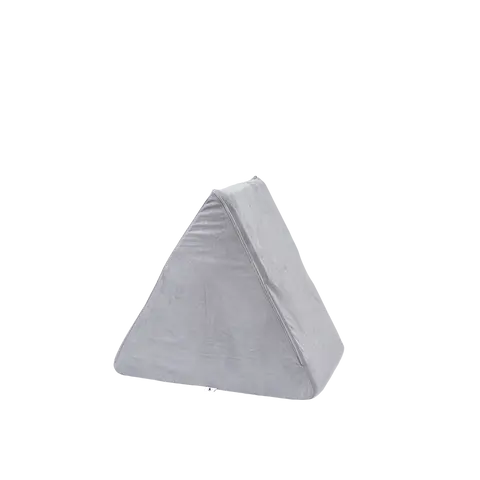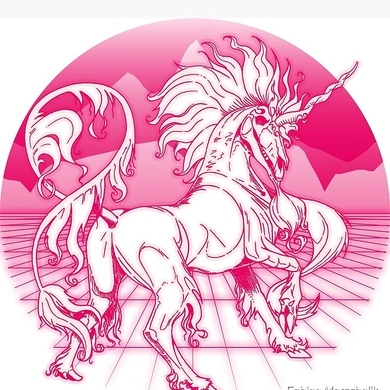Polaris is 45-67 million years old.
The oldest total-group chondrichthyans, known as acanthodians or “spiny sharks”, appeared during the Early Silurian, around 439 million years ago.
It’s not even close.
Dinosaurs died off 65 MYA. Dinosaurs were most likely gone before Polaris formed.
They probably died off because they couldn’t use Polaris for navigation!
Polaris goes in and out of North Star status on the 26,000 year precession cycle. So for the duration of humanity (let’s say 100,000 years), there have been decent chunks of time where it’s not in use.
You gotta rest up man, that’s a pretty big job for one star
Can you imagine having to give directions to a bunch of illiterate primates? Ugg. I’d have quite after the first thousand years.
They trade off. There are other stars that make for good pole star candidates
I’m now sad that dinosaurs could never look up and see Polaris.
Eh, they got to see the thousands of other stars that are now obscured by light/atmospheric pollution.
I came here to question whether that claim is true, saw your post, and thought something like “well, that settles that.” Then I scrolled down and saw neatchee’s (great username) post and now my whole world is uncertain.
Appalachian mountains are even older
This is only sort of true, unfortunately. Polaris is a two-star system: Polaris Aa and Polaris B.
Polaris B is much older than sharks, by several billion years.
Polaris Aa appears to be younger than sharks, at a measley 50 million years old, compared to sharks’ 420 million years
HOWEVER it is unclear whether Polaris Aa is actually that young. Scientists believe that, based on some contradictory findings, that measurement may be inaccurate if Polaris Aa is formed from two different stars that merged. In that scenario, the model we use to calculate star age would no longer work and could give wildly inaccurate estimates of the star’s true age
TMYK
Right but how did it know to be the pole star?? Huh?
Yeah! Makes ya think!
It had the fastest lap in qualifying.
Max Verstappen approves of this comment.
In my opinion Polaris B and Polaris Ab (it’s actually a three star system!) don’t count as ‘The North Star’ because they contribute almost nothing to the visible light seen without a telescope. Without Aa there’s just no north pole star at the moment.
But that’s interesting about the age being uncertain. I’d use the age of the merger as the age of the star anyway unless it didn’t add much mass (but in that case it would have been a short lived giant anyway…) which would still likely put it under the 420 million years mark.
Fair enough on the first point!
The interesting scenario re: Polaris A’s age would be if a larger, younger original star merged with a smaller, much older star. You’d have a small amount of late-stage byproducts in an otherwise relatively early-stage star. That would definitely make any age models ‘confused’ heh
I could imagine a scenario where the math works out such that the star appears a lot younger than it is despite being the product of a merger of two older stars, based on the masses and ages of the contributing objects and the amount of different material contributed by each
Sharks are older than trees.
They’re older than a lot of things. Land plants, Yellowstone, appendages,dinosaurs, doritos.
Sharks are older than trees.
But are younger than the mountains.
Yellowstone
Well…
The geologic processes that led to the formation of the Appalachian Mountains started 1.1 billion years ago.
There’s no shark without Mountain Mama
Ehhhh they’re younger than some mountains though. There are ranges that are over a billion years old, but the Himalayas are “only” some 40-70 million years old, depending on when you start counting (40-50 if you actually start from being mountains, 70 if you start from “ground moves up”)
They’re mountains when it’s impressive that I can throw a football over them.
Why did I read this to the tune of colors of the wind…
Sharks are older than the grinning bobcat
But are they older than why he grins?
Some of it.
I refuse to believe any animal is older than doritos
No they are wrong. Doritos are eternal.
What do you think the first several hundreds of millions of years were like before they had Doritos?
Appendages? Like, fins?
He’s thinking of penguins
Like appendix I imagine.
Aren’t appendages external?
One of my favorites is “the Appalachian mountains are older than bones”
…wait
Bones evolved for the first time: “485 Ma First vertebrates with true bones (jawless fishes)” – https://en.wikipedia.org/wiki/Timeline_of_the_evolutionary_history_of_life (Vertebrates existed without a bony notochord before then.)
But the Appalachians were started much earlier: “The geologic processes that led to the formation of the Appalachian Mountains started 1.1 billion years ago.” They were basically finished growing by the time bones existed: “Around 480 million years ago, geologic processes began that led to three distinct orogenic eras that created much of the surface structure seen in today’s Appalachians. [d] During this period, mountains once reached elevations similar to those of the Alps and the Rockies” Since then, it’s just been wearing down. – https://en.wikipedia.org/wiki/Appalachian_Mountains
and bones are I turn older than Saturn’s rings, by about 300 million years
See how did sharks swim north without the north being there?
Much of Earth’s water is older than the Sun so the shark’s likely swam from space is my best guess.
I mean the protons and neutrons are never new, all of this stuff is just second hand, cobbled together recycled garbage!
What is a proton? A miserable pile of quarks!
Ah those were the good old days, when we still made quarks in this country!
But enough talk. Have at you!
Like they say, we’re all just nuclear waste.
Nah, they just swam East/West or South. At one point they just collected into a pile at the South Pole and waited patiently for the Polaris to come into existence.
I just checked, Polaris is about ten times younger than sharks. The other two stars of its ternary star system are older, but not visible to the naked eye, so early sharks would not have been able to use them for purposes of navigation.
this blows my mind
Thanks for this. Now I’m on a major Wikipedia deep dive on Polaris and cepheid variables!
Thanks, I hate it
Now wait until you hear about skinteeth.
holu shit polaris is super young
















